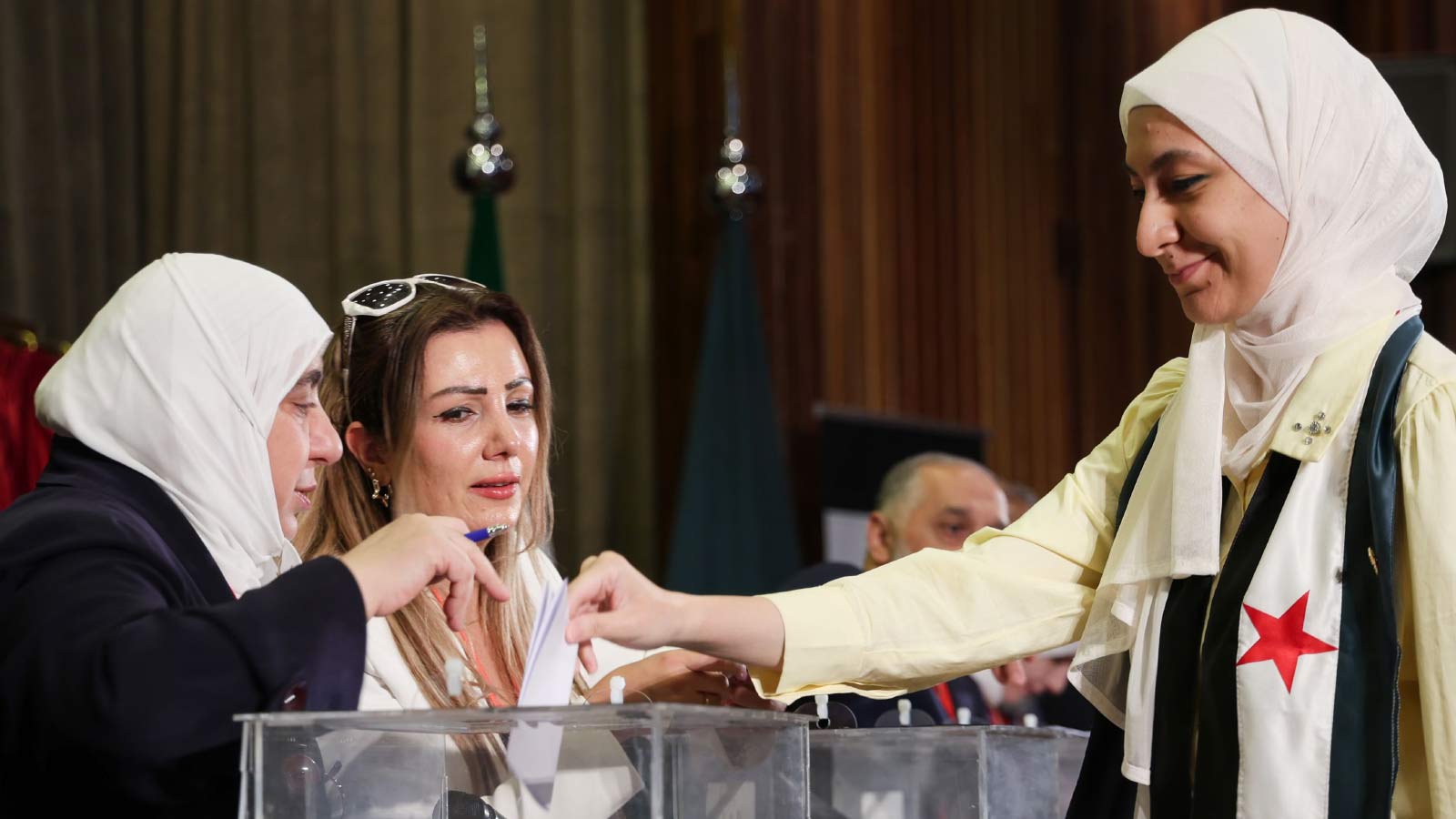Quick Read
Syria held its first parliamentary elections since Bashar al-Assad’s fall.The elections used an electoral college system, with no direct popular vote.Critics raised concerns over inclusivity and government influence.The elections are seen as a cautious step towards democracy in Syria.
Syria has embarked on a historic journey by holding its first parliamentary elections since the fall of its long-time leader, Bashar al-Assad. This milestone comes amidst a fragile transitional period following over a decade of civil war that left the nation in ruins. The elections, while seen by some as a step towards democracy, have also faced criticism for their structure and inclusivity.
How the Elections Were Structured
The electoral process in Syria was anything but conventional. Instead of direct popular voting, an electoral college system was employed to select representatives for two-thirds of the 210-member People’s Assembly. The remaining one-third of the seats were directly appointed by interim President Ahmed al-Sharaa. This hybrid system was justified by the interim government as a necessity due to the displacement of millions of Syrians and the widespread loss of identification documents during the civil war.
In total, 7,000 electoral college members across 60 districts were eligible to vote for 140 seats. However, elections were postponed indefinitely in three provinces—Raqqa, Hassakeh, and Sweida—due to ongoing security and political tensions. This left only 50 districts participating in the elections.
The People’s Assembly has been tasked with drafting a new constitution and election laws over its 30-month term, a critical responsibility for shaping Syria’s political future. Yet, critics argue that the electoral college system favors well-connected candidates and consolidates power within the interim government, undermining the democratic essence of the process.
The Challenges of Inclusivity
Inclusivity was a prominent concern during these elections. While the interim government aimed to represent all sects and ethnic groups, the results revealed significant gaps. Women constituted only 14% of the candidates, and there were no guaranteed quotas for ethnic and religious minorities. This lack of representation has drawn criticism from civil society groups, who argue that the elections do not fully reflect the Syrian population’s diversity.
Additionally, individuals with ties to the former regime or those advocating for secession or foreign intervention were barred from participating. While this was intended to prevent the influence of Assad loyalists, it also excluded a segment of the population from the political process, raising questions about the elections’ fairness.
Voices from the Ground
Despite the criticisms, many Syrians viewed the elections as a step forward. For the first time, electoral processes included debates and public discussions, offering a glimpse of political freedom that was absent under Assad’s rule. Lina Daaboul, a doctor from Damascus, described her participation as a “national duty” and expressed hope for the country’s future. Similarly, Ibrahim Halabi, a former soldier who defected from Assad’s army, highlighted the absence of external pressure in these elections as a positive change.
In cities like Aleppo and Damascus, voter enthusiasm was palpable. Citizens stood in long lines to cast their votes, reflecting a sense of responsibility and optimism for rebuilding their war-torn nation. However, in regions like Latakia, sectarian tensions remained high, underscoring the need for reconciliation and transitional justice to achieve lasting peace.
Criticism and Controversy
The elections have not been without their detractors. Many have criticized the interim government for its significant influence over the electoral process. The Higher Committee for the Syrian People’s Assembly Elections, which oversaw the polls, was entirely appointed by President Sharaa, further fueling concerns about impartiality.
Civil society organizations have warned that the current setup undermines the parliament’s independence and its ability to represent the popular will. The absence of elections in key regions like Raqqa and Hassakeh, controlled by Kurdish-led forces, and Sweida, a Druze-majority province, has also raised questions about the inclusivity and legitimacy of the process.
Moreover, the reliance on outdated census data from 2010 to allocate seats has been criticized as unrepresentative, especially given the demographic changes caused by the war. These issues highlight the complex challenges Syria faces as it navigates its path towards democracy.
The Path Forward
As the new People’s Assembly begins its work, the focus will be on drafting a new constitution and establishing a framework for future elections. This includes addressing the concerns raised about inclusivity, fairness, and representation. The interim government has a critical role in ensuring that the next phase of Syria’s political transition is more transparent and democratic.
Rebuilding a nation devastated by war is no small feat. It requires not only political reforms but also economic reconstruction and social healing. The elections are a starting point, but the road ahead is fraught with challenges. The success of Syria’s transition will depend on the government’s ability to build trust among its people and foster a sense of national unity.
Syria’s first elections post-Assad mark a significant yet cautious step in its journey towards democracy. While the process has its flaws, it represents a critical moment of hope and resilience for a nation emerging from the shadows of conflict. The coming months and years will be crucial in determining whether this milestone becomes the foundation for a stable and inclusive future.
